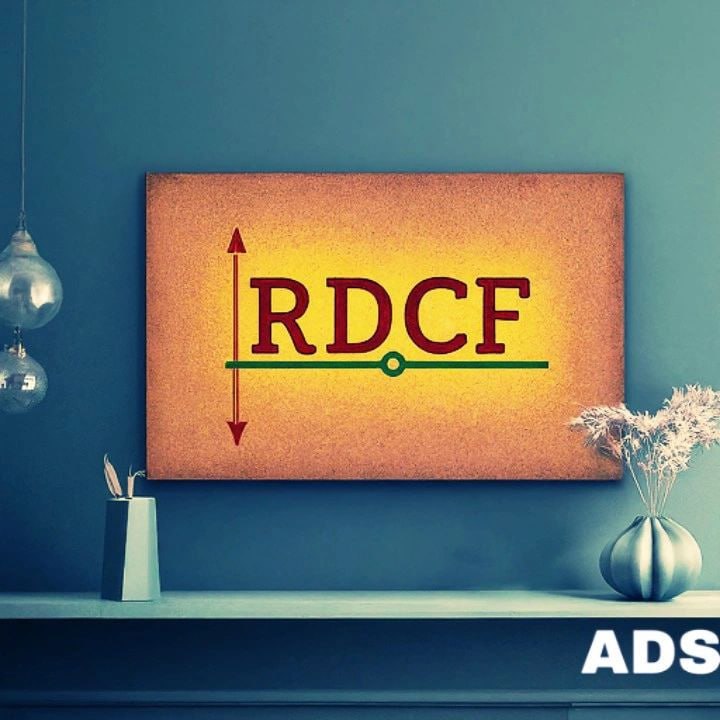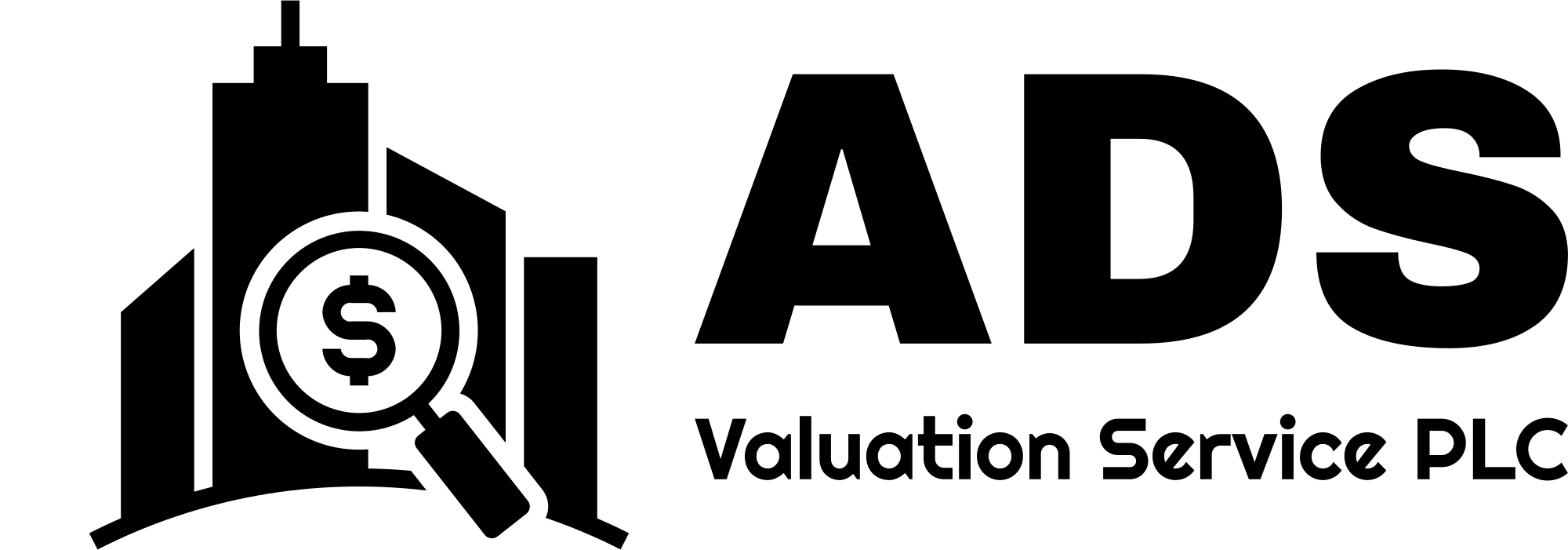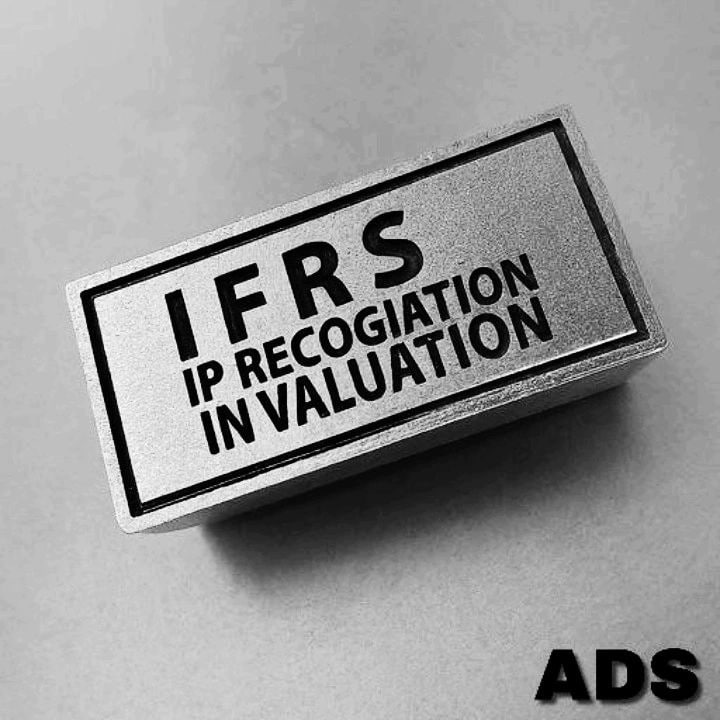
What is Reverse DCF?
Unlike the traditional Discounted Cash Flow (DCF) method, which estimates a company’s intrinsic value based on projected future cash flows, Reverse DCF works in the opposite direction. It starts with the current stock price and a chosen discount rate to calculate the implied growth rate that the market is already pricing in. In other words, it reveals the growth assumptions investors have embedded in the stock’s price today.
Why is Reverse DCF valuable?
- Greater accuracy: It moves beyond subjective and often uncertain future projections by focusing on the market’s collective expectations reflected in current prices.
- Informed decision-making: By understanding the implied growth rate, investors can better assess whether the market’s optimism or pessimism aligns with their own analysis.
- Complementary insights: When used alongside traditional DCF, Reverse DCF offers a fuller picture—combining forecast-based valuations with market-driven assumptions.
Key Differences Between Traditional and Reverse DCF
- Traditional DCF: Projects future revenue growth, profit margins, and terminal value to calculate the present intrinsic value of a company.
- Reverse DCF: Starts with today’s market price and discount rate to back out the growth rate the market is expecting, helping investors understand if the current price is justified.
Using Reverse DCF can provide a fresh perspective, helping investors identify potential mispricings or validate their investment thesis with a data-backed view of market sentiment.




